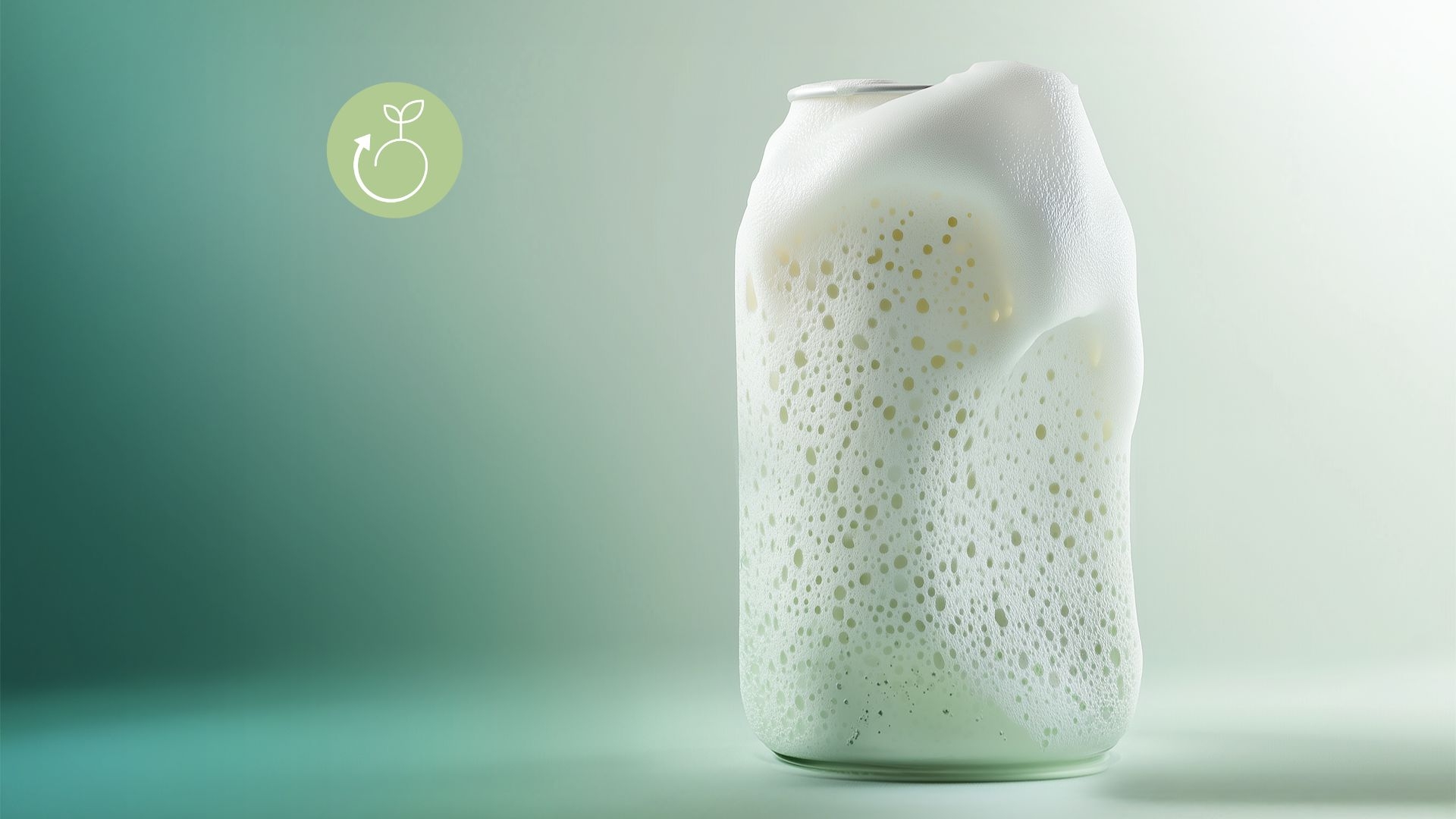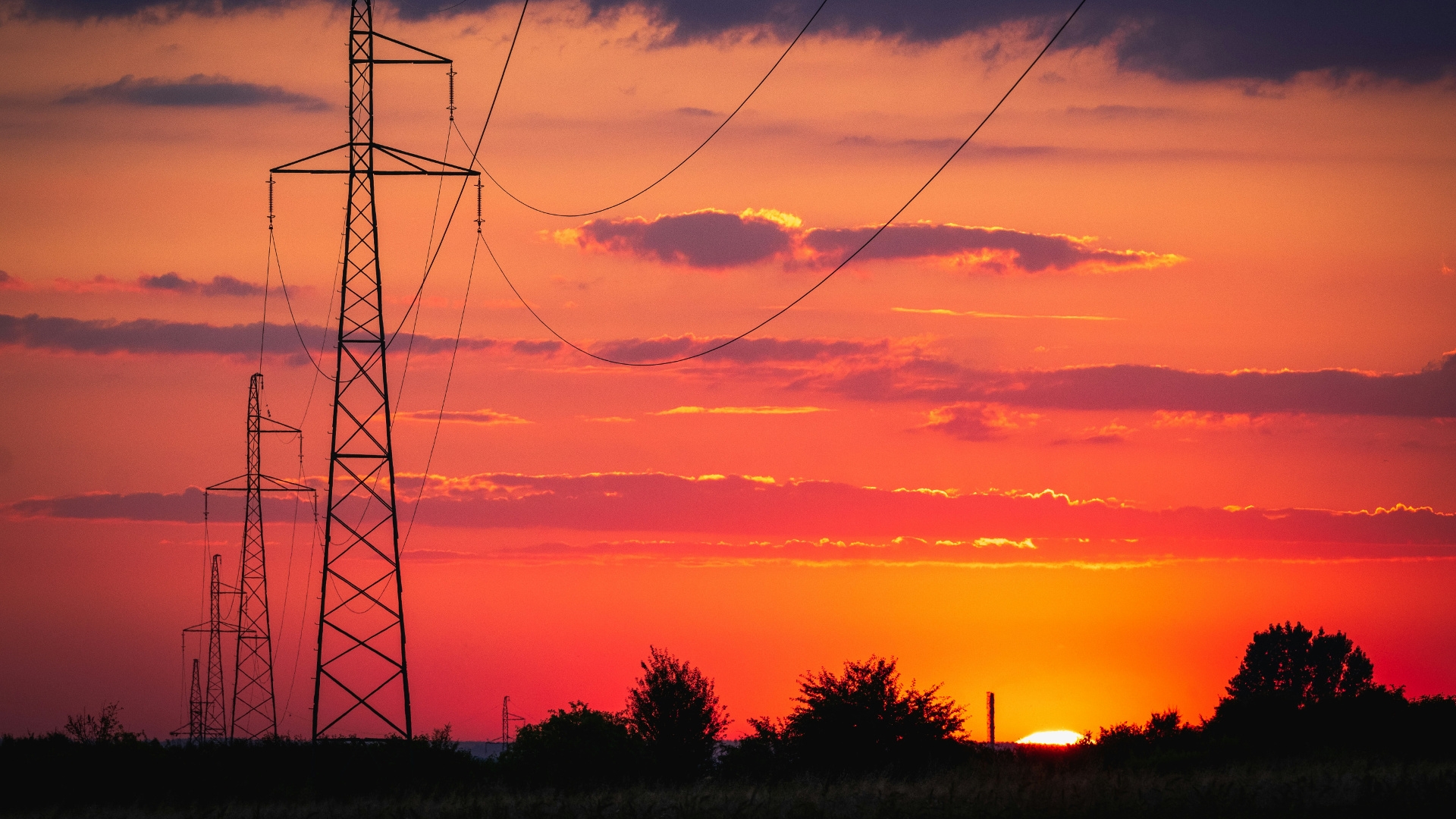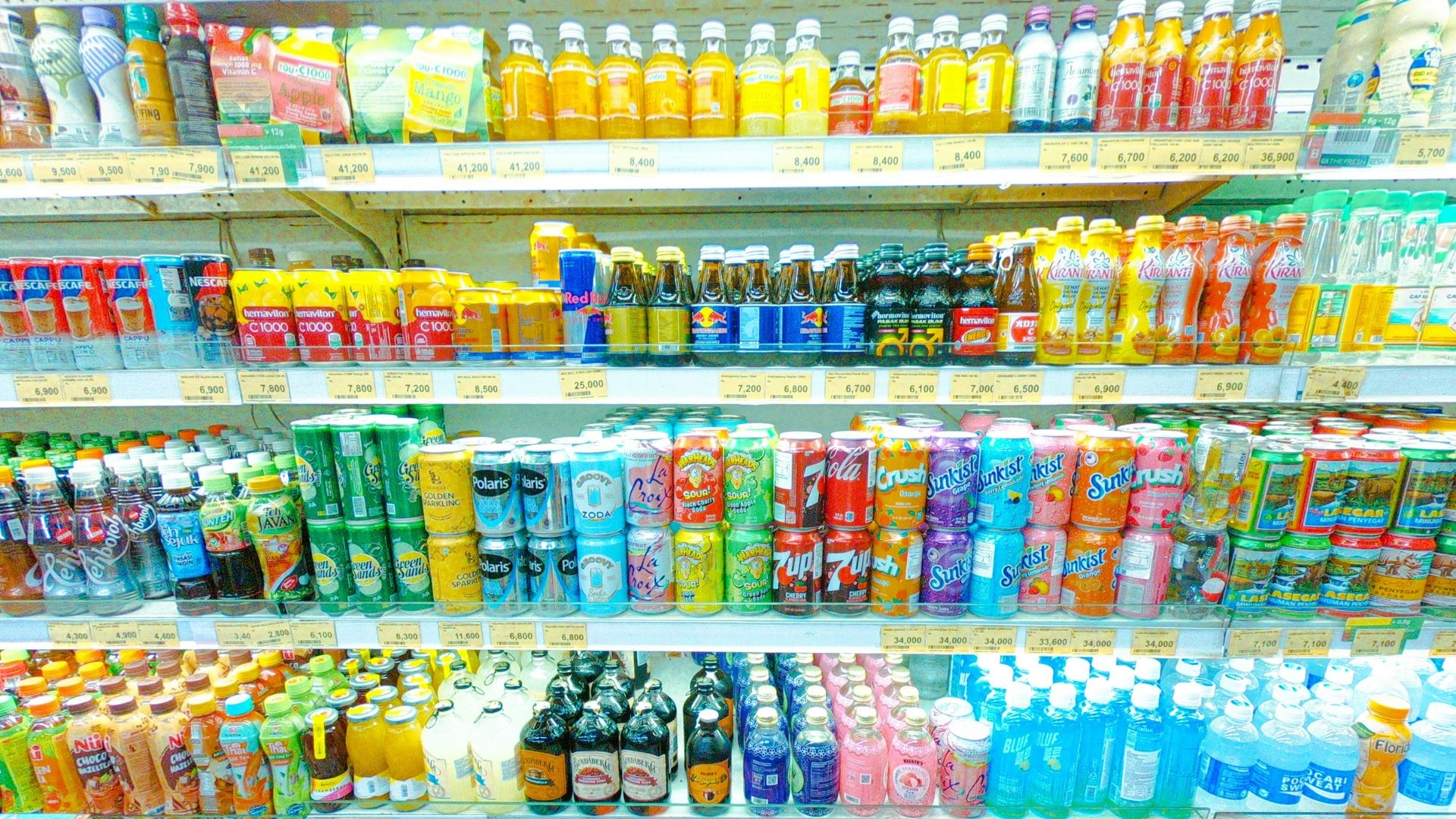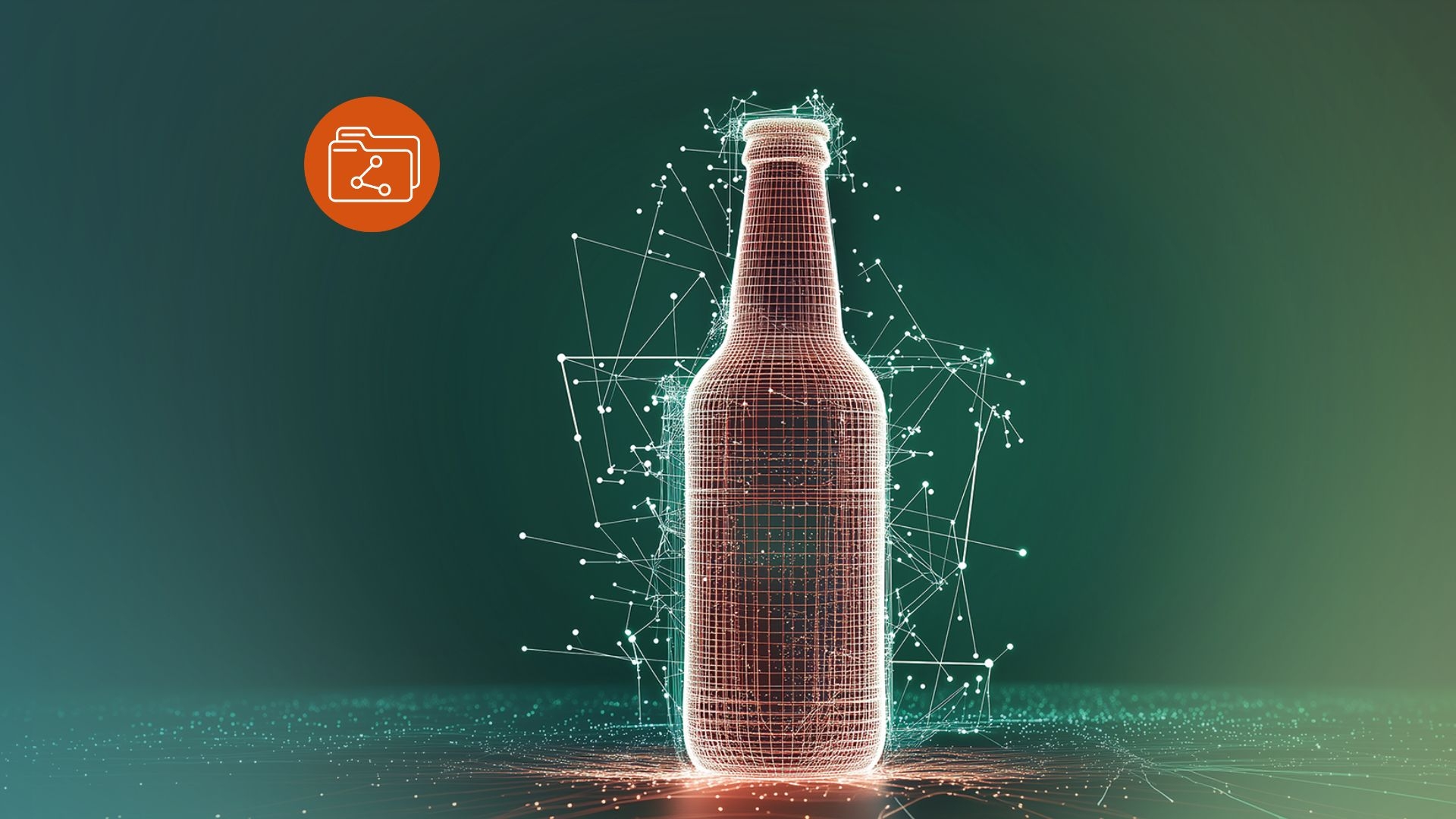A post by
Susanne Blüml
PR Manager
YONTEX GmbH & Co. KG

How can a circular economy make beverage production more efficient and conserve more resources? Which areas of action offer the greatest leverage for the beverage industry? As one of the three main topics of drinktec, Circularity & Resource Management focuses the attention of exhibitors and visitors on pioneering solutions in the broad field of the circular economy.
Released on 04/04/2025

A post by
Susanne Blüml
PR Manager
YONTEX GmbH & Co. KG

Reduction in electricity costs
A post by Martin Nagel
Read more

Market data
A post by Susanne Blüml
Read more

Water treatment
A post by Susanne Blüml
Read more

drinktec key topic
A post by Susanne Blüml
Read more